Immunity is becoming more crucial than ever for many of us. Fortunately, building a healthy immune system doesn't have to be expensive or difficult. The foods you choose on your plate are the finest approach to strengthening your immune system. One of your most effective dietary weapons for increasing immunity may be herbs and spices, which have long been utilized for therapeutic purposes.
While further research is required to pinpoint the precise immune system advantages of particular herbs and spices, we do know that their medicinal capabilities, when combined with a nutritious, varied diet, boost immune function in general.
Spices and immunity
Immunity is crucial in protecting against a variety of seasonal and new illnesses, such as the common cold. The best method to maintain good health is to strengthen our innate immunity. Numerous spices and herbs have immune-modulating qualities. Spices can fill a variety of purposes. for instance, it can add flavor and occasionally perfume to the dish, but most significantly, it helps with digestion. They are primarily used to treat and protect against several illnesses, including cardiovascular and neurological diseases. Both the immune system and digestive health are boosted by it.
Numerous herbs and spices can have a strong oxidative effect due to their aromatic, strong fragrance. In addition to enhancing or changing the flavor of food, spices can also have a variety of antibacterial properties.
Here are seven spices and herbs that can boost your immune system.
Turmeric
According to a review, the vivid yellow spice turmeric has a long history of usage in ayurveda medicine (the traditional Indian healthcare system) as a remedy for inflammatory diseases. Eating turmeric mixed foods may help lessen tissue inflammation brought on by colds and the flu. The main component of turmeric that is active, curcumin, is particularly strong. It has been demonstrated to enhance oxidative stress indicators and has potent anti-inflammatory and antioxidant activities.
Flavor: Turmeric has a stinging, gritty, mint, musty, and woodsy flavor. Curcuminoids are the substances in turmeric that provide it with a vivid, yellow color.
How to Have Fun: According to a study, piperine, a component found in black pepper, and some lipids can enhance the absorption of turmeric. To obtain more of this anti-inflammatory spice, prepare a mug of golden milk, a hot beverage made of turmeric, milk with fat, and other warm spices like black pepper. Additionally delicious when included in curries, soups, and roasted meats is turmeric.
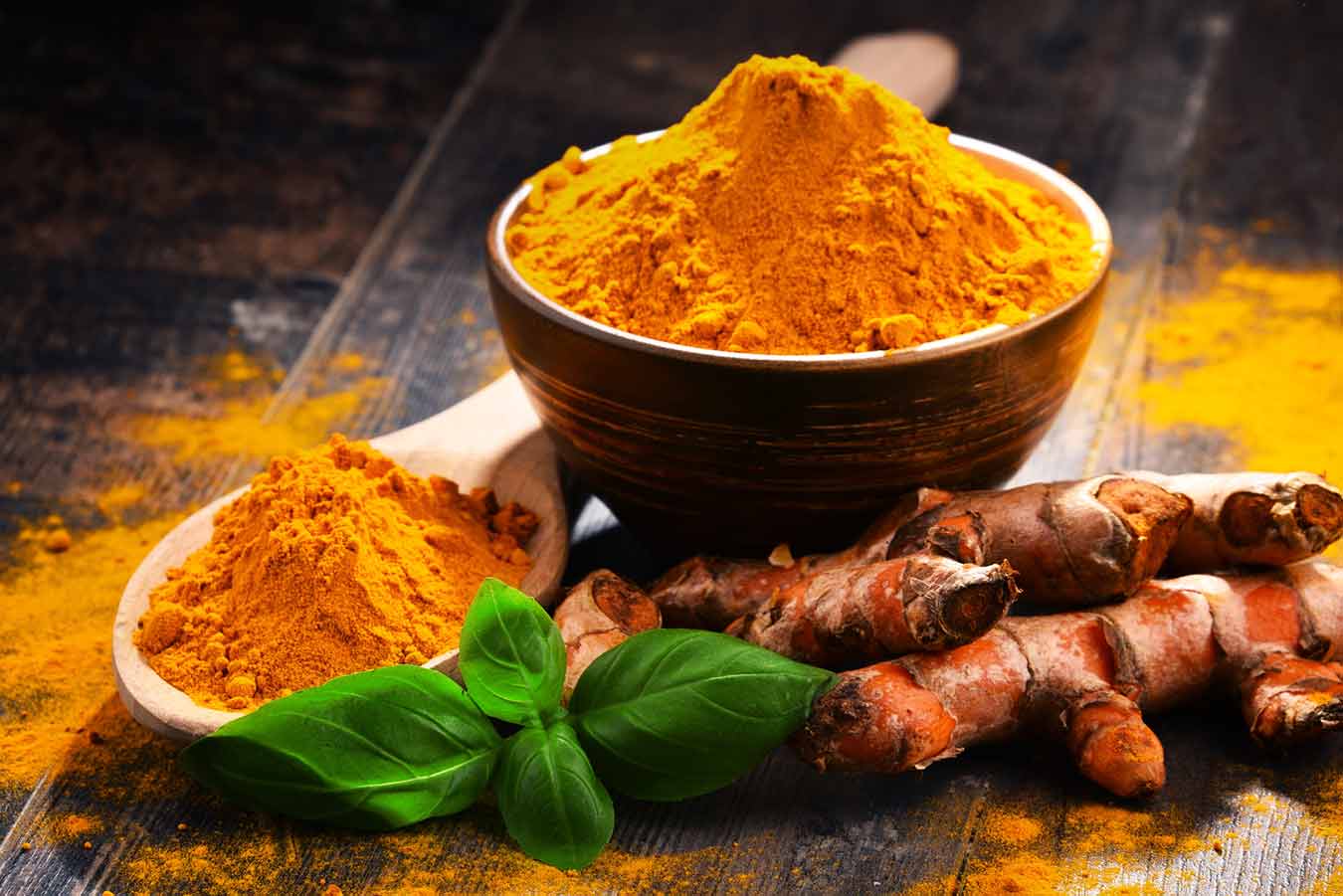
Ginger:
Ginger is a common ingredient in traditional medicine, just like many other plants and spices. This spicy spice has been used for ages to relieve migraines, colds, nausea, and vomiting. Infection of the respiratory junctional virus, a commonly diagnosed virus that triggers mild, cold-like symptoms, was prevented from forming plaque by fresh ginger. Additionally, antiviral, anti-inflammatory, and analgesic (pain-relieving) activities have been demonstrated for the chemicals in ginger, especially gingerol and shogaol. These qualities support the body's natural defenses, which may guard against several chronic diseases. Additionally, ginger's anti-inflammatory and painkilling qualities may benefit the immune response when we are healthy.
Flavor: Ginger has a flavor that is lemony, musty, soapy, spicy, and bitter.
How to enjoy it: Ginger combines well in savory applications with garlic, red pepper, coriander, cumin, and turmeric and is frequently included in curry powder recipes. It is a popular ingredient in apple and peach pies and is excellent for baking. You can enjoy fresh ginger tea in winter. Just cut thin slices of ginger and boiled in water. Also, add some lemon and mint. Take a sip and enjoy it.
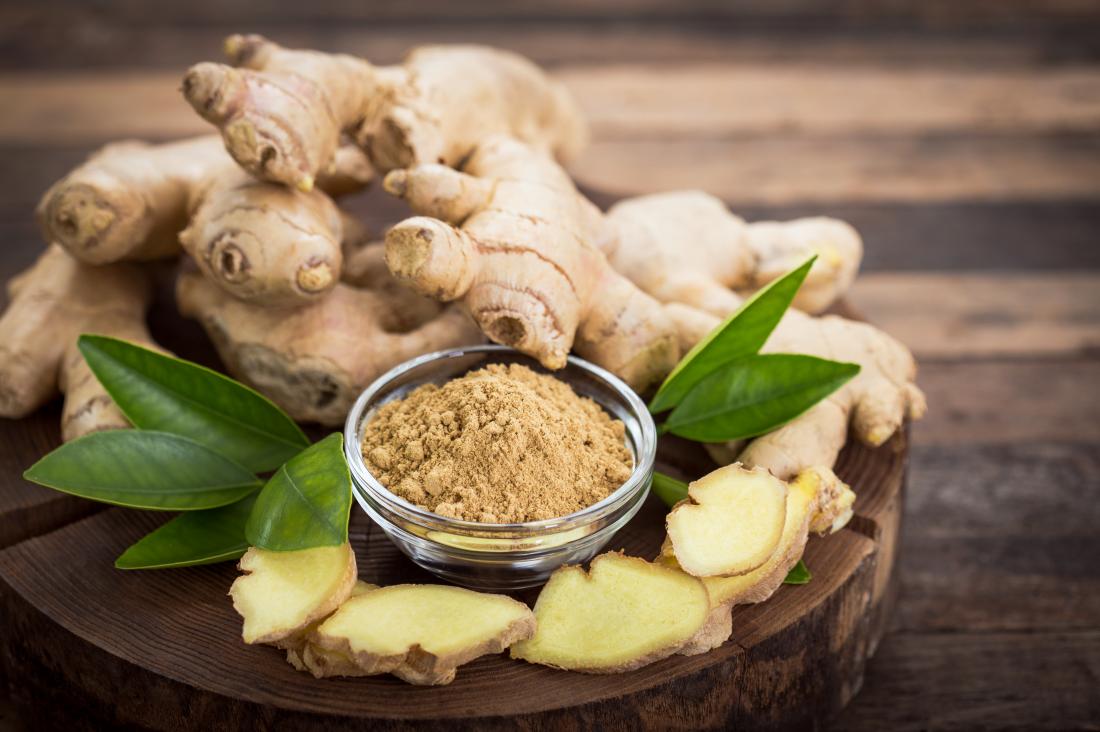
Garlic
Garlic provides defense against a wide range of bacterial and viral diseases. Raw garlic must be mashed or chopped to encourage the production of the enzyme alliinase. Alliin is subsequently transformed into allicin, which has disease-fighting properties, by alliinase. Eight milligrams of allicin, or around four grams, of one fresh garlic clove, should be consumed daily. Since humans have been consuming and using garlic for at least a few thousand years, it is a native of Central Asia and northern Iran and has long been a popular condiment all over the world. It has been used as a flavoring agent and a conventional medicine since the time of the ancient Egyptians. It was frequently used as food among some of the impoverished" in ancient Rome. Around 80% of the world's supply of garlic comes from China. Fresh garlic tastes different than garlic powder. In place of fresh garlic, about 1/8 teaspoon of garlic powder is about equivalent to one clove.
Flavor: When raw, garlic has a distinct, pungent smell that almost tastes hot; when cooked, it tastes nutty.
How to enjoy it: Add crushed and mashed garlic to your dishes to enjoy its delicious smell and taste. Take a bite of garlic bread it will feel fresh. Eating raw garlic with some honey will make you stable the whole the day.
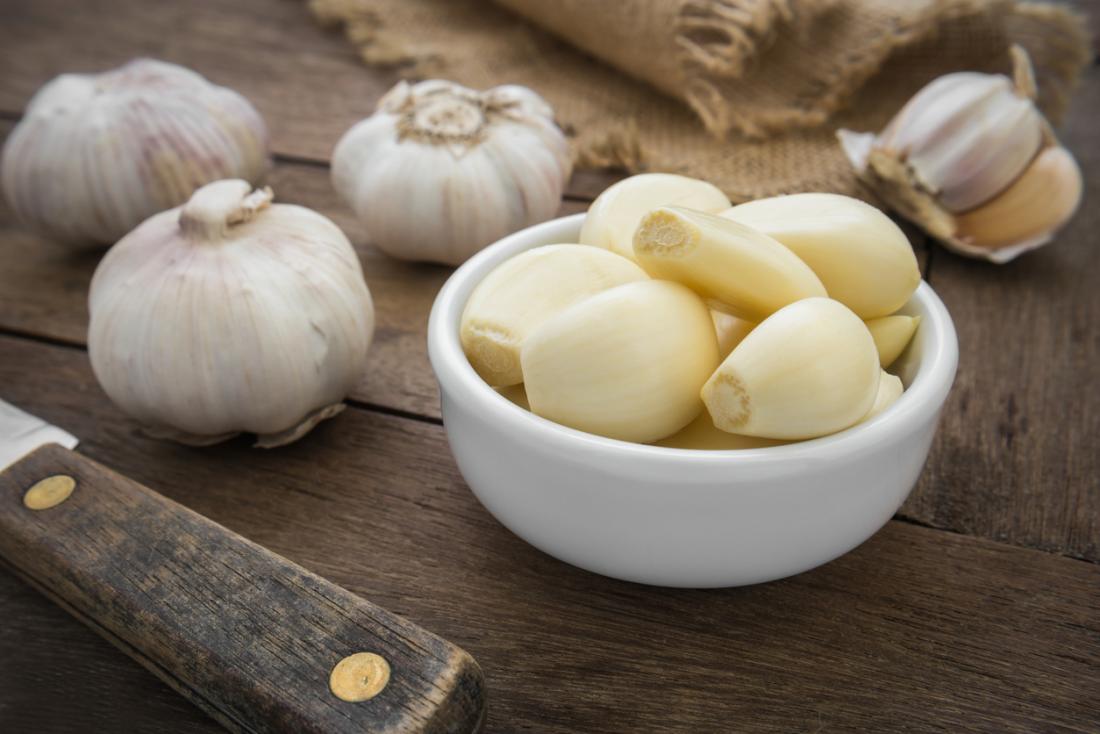
Clove
Natural antiviral, antifungal, and antibacterial agent cloves are used. Clove has been used historically to treat ailments like cholera. It is regarded as a successful treatment. Additionally, clove supports a healthy digestive system. This specific spice may produce a variety of oils, many of which have medical uses. Among them are phenylpropanoids and eugenol. Clove possesses antibacterial qualities. Both a 3% and 1% concentration of an aqueous extract were particularly effective at inhibiting microbial activity. Clove extracts' potent antioxidant action is caused by their excellent metal-chelating and hydrogen-donating properties, among other things. By influencing lipid peroxidation and the enzymatic activities of catalase, glutathione-S-transferase, peroxidase, polyphenol oxidase, and superoxide, clove oil may be used as a suppressant of potato tuber germination.
Flavor: The flavor of clove is sweet and sour with a warm, woodsy base. It frequently even has a fruity top note that contributes to the sweetness even more.
How to enjoy it: Pumpkin pie should have ground cloves, To chai lattes, add cloves, For hot pickles, add whole cloves to the pickling mixture, Include cloves as a necessary curry spice, Use a generous amount of cloves to make mulled wine, Spice up meat with cloves when using rubs.

Cinnamon
One of the spices with the highest antibacterial action is cinnamon (Cinnamomum zeyeanicum). Cinnamon extract (300 mg/day) reduced insulin resistance by raising insulin and activating the pathway in skeletal muscle. If such a thing Cinnamon can significantly boost the amount of T cells in the body if there is an imbalance. Among the most promising cinnamon can reduce people's blood glucose levels. The cinnamon essential oil has antibacterial activity in the range of 10-150 g ml, which makes it possible to stop the activity of certain bacteria. Cinnamon has been a popular cooking spice for centuries throughout the world. It has a lot of anti-inflammatory compounds and antioxidants, which shield the body from ailments. Because of its capacity to lessen stomach bloating, cinnamon is used in a variety of unusual recipes and is currently fashionable.
Flavor: The taste of cinnamon is sweet, musty, and woody. Cinnamaldehyde is the substance that provides cinnamon its spiciness.
How to enjoy it: Mix it with food. Sprinkle a little cinnamon on your food, like toast, for the best way to eat it. Make some tea. Cinnamon has water-soluble compounds that make a delicious tea. Ingest capsules. Consume it with honey.
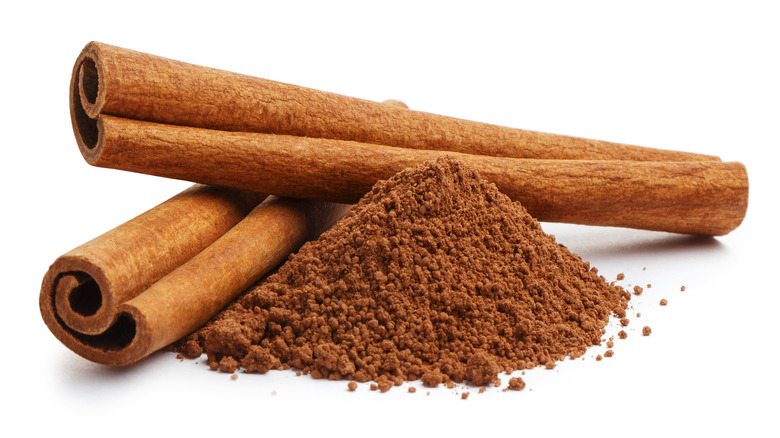
Cardamom:
Cardomom, often referred to as elaichi, is a native of India, Bhutan, Nepal, and Indonesia. The third-most expensive spice in the world is this one. This spice supports heart health, aids in digestion, improves oral health, aids in the treatment of diabetes, aids in the treatment of depression, aids in the treatment of asthma, prevents blood clots, and treats skin infections. It is a rich source of vitamins A and C, calcium, iron, and zinc. Similar to pepper, cardamom extracts also have pro-inflammatory effects. Cardamom was tried on rats and, through cholinergic and calcium antagonistic mechanisms, gradually lowered blood pressure. Chemical components like minerals, lipids, proteins, flavonoids, terpenoids, and carotenoids contain in cardamom. Minerals, lipids, terpenoids, carotenoids, flavonoids, and proteins. Oil from cardamom extracts has an anti-spasmodic effect.
Flavor: Cardamom has a unique taste that is fruity, piney, and almost menthol-like. It can be a little bit harsh if used excessively.
How to enjoy it: Cardamom is a common ingredient in curry meals, Kheer (Indian rice pudding), and chai, among other Indian and Indian-inspired foods. Cardamom is an important spice in Indian dishes as we use garam masala. Cardamom also gives baked items like biscuits, pudding, and even cake a warm, rich flavor.

Cumin:
Cumin oil, also known as homo-linoleic acid or di-homo-linoleic acid, is utilized as a potent antioxidant. The use of cumin plants might include the management of conditions such as hypertension, inflammation, diabetes, and asthma. The ingredients in cumin oil, proteins, carbs, vitamins, minerals, and so forth. Cumin's unique flavor originates from its essential content of oil. Cuminaldehyde, cymene, cuminic alcohol, and terpenoids are the main ingredients in cumin. Middle Eastern cuisines depend heavily on this bitter-tasting seed. It has the power to support digestion, boost immunity, and treat skin conditions, sleep difficulties, respiratory conditions like asthma and bronchitis, and anemia. Indian households have utilized mild gravy with cumin flavoring or a glass of jeera water as a surefire treatment for digestive problems for ages.
Flavor: The flavor of cumin is comforting, slightly sweet, and nutty.
How to enjoy it: Indian dishes and chutneys require cumin as a primary spice. Various rice dishes, soup, bread, pickling, sauce, and chili con Carne recipes also benefit from the use of spice. When using cumin in cooking, it is essential to use caution because the spice tends to overpower other flavors.
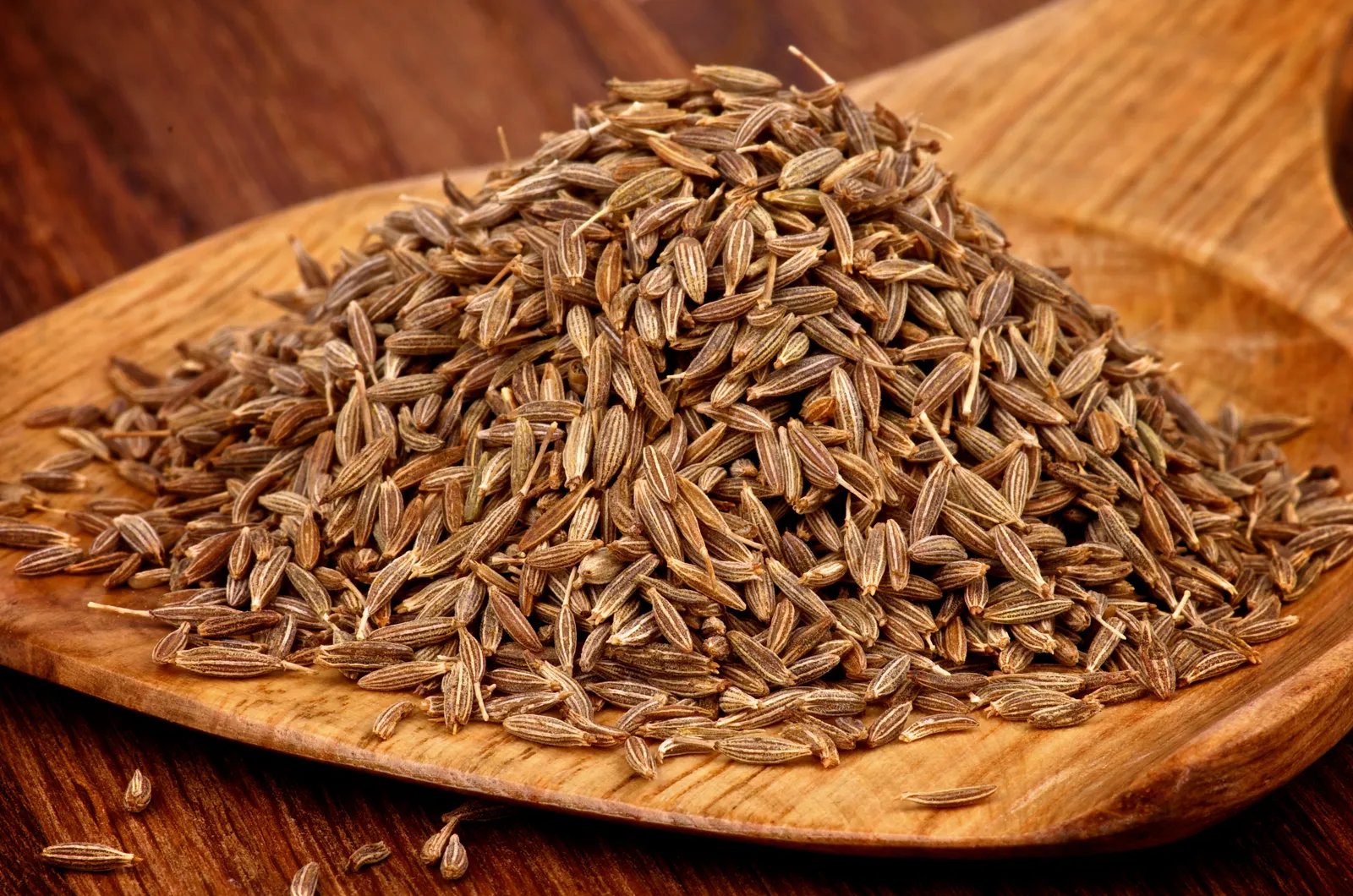
Fennel:
It grows throughout Europe, the Middle East, China, India, and Turkey and is indigenous to Southern Europe. Food fiber is abundant in this spice. Its potent antioxidants aid in the removal of free - radicals from the body, which promotes health and aids in the battle against aging and other neurodegenerative disorders.
Flavor: According to how it is prepared, fennel can have a very faint anise flavor that can be intensified or sweetened (or not cooked). Fennel gets quite delicious when diced and cooked with onion.
How to enjoy it: Fennel is particularly well-liked for pastry, sweet pickles, and fish. It has been utilized to flavor sweets, cocktails, medications, and cuisine. Fruits and vegetables that have been preserved can be shielded with fennel oil from the growth of dangerous fungi.
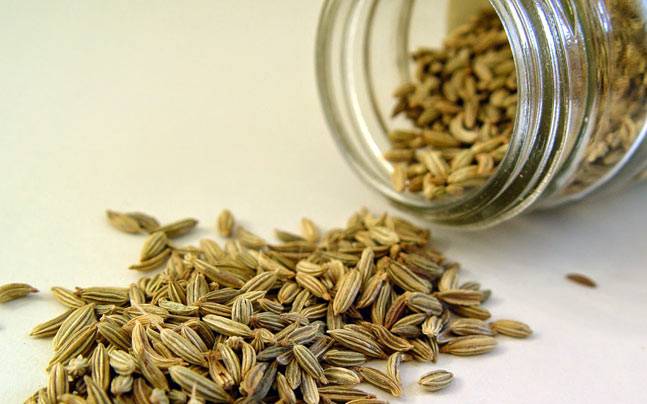
Black Pepper
Any recipe's flavor is greatly enhanced by the addition of a pinch of black pepper. Black pepper, sometimes known as the "king of spices," promotes weight reduction, enhances digestion, speeds up metabolism, and treats several skin conditions. Haldi doodh becomes noticeably more restorative when a dash of black pepper is added.
Flavor: Pepper gives any dish flavor. Pepper has a bitter flavor, is woody, and just a little peppery. Piperine is the chemical that imparts pepper its spiciness.
How to use it: Usually used in crunchy foods, black pepper is also found in certain handmade chai tea recipes such as whole peppercorns.
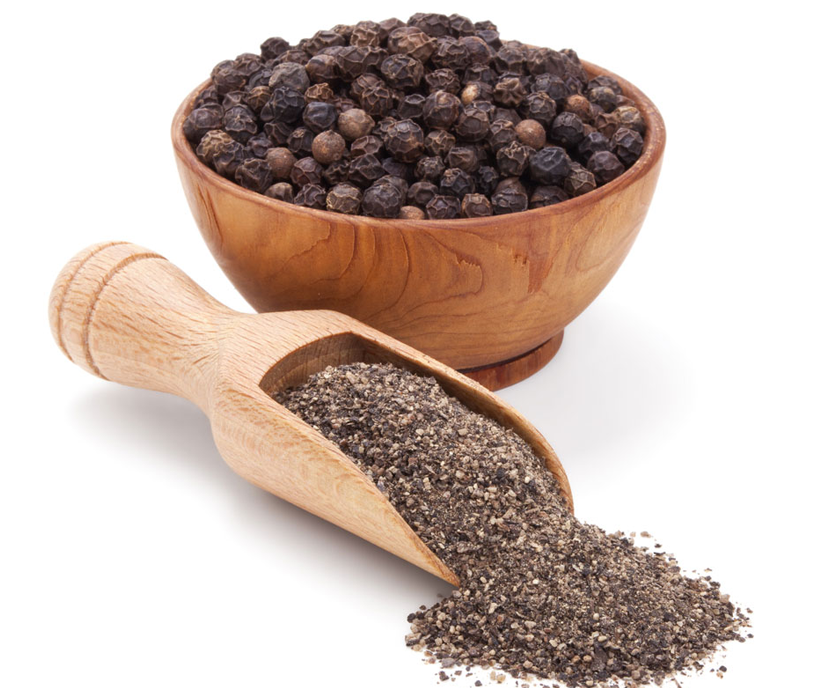
Ajwain
Ajwain is a celery-family fruit with a rich flavor that resembles small seeds and is linked to cumin. Another name for ajwain is carom seeds. Carom seeds are frequently chewed for health reasons. Ajwain commonly referred to as carom seeds, provides several health benefits despite tasting a little harsh. Ajwain helps with digestion, stomach pain treatment, and dental pain relief. These seeds are rich in calcium, proteins, and fiber.
Flavor: It has a thyme-like scent and a little bitter, herbal flavor with hints of oregano, celery seed, and anise.
How to use it: Every morning, chew a teaspoon of raw ajwain seeds. Keep a 30-minute interval between consuming ajwain and eating breakfast. When consumed first in the morning, these seeds aid in the release of digestive juices, which can improve digestion.
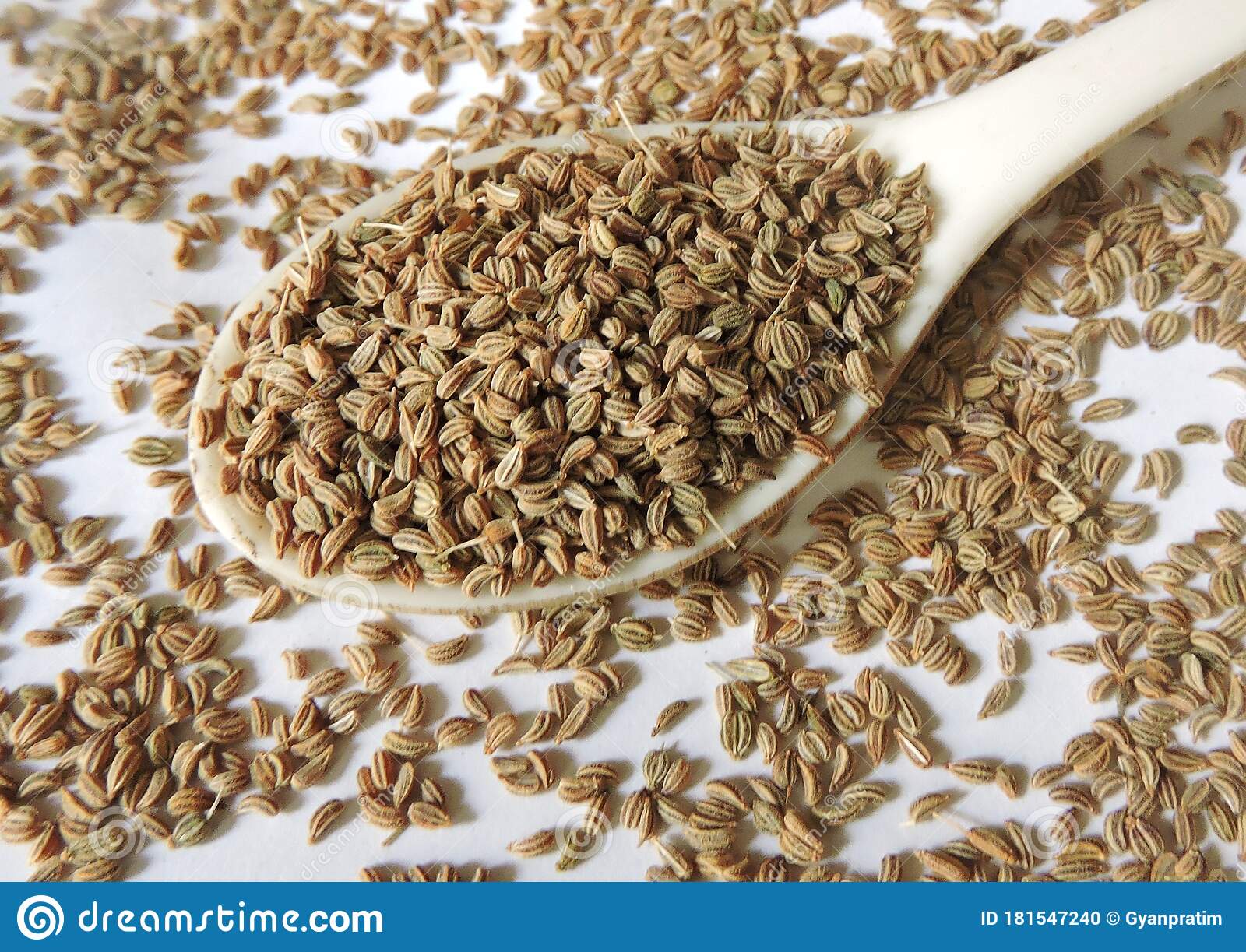
Fina Talk
Spices are the decor of food and the kitchen. If we consume spices in daily life our bodies will get immune to many diseases and infections. Spices enhance the flavor of food. Spices give food a deep flavor without introducing any extra calories, fat, sugar, or salt.



You must be logged in to post a comment.